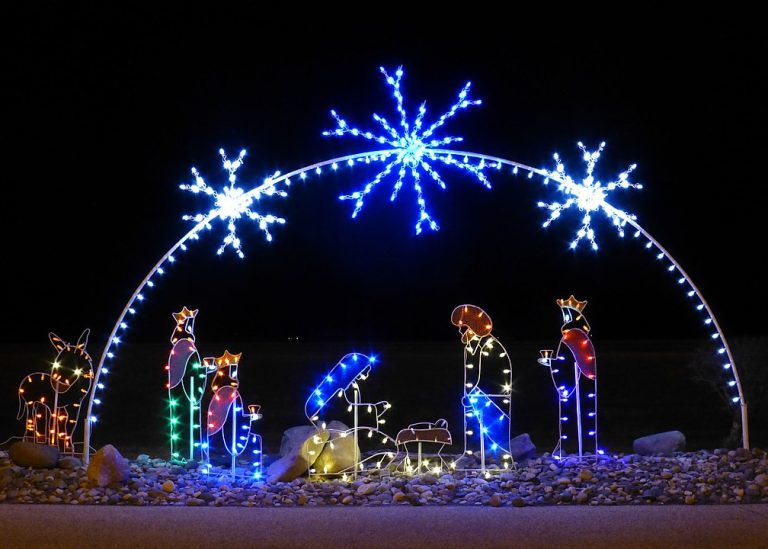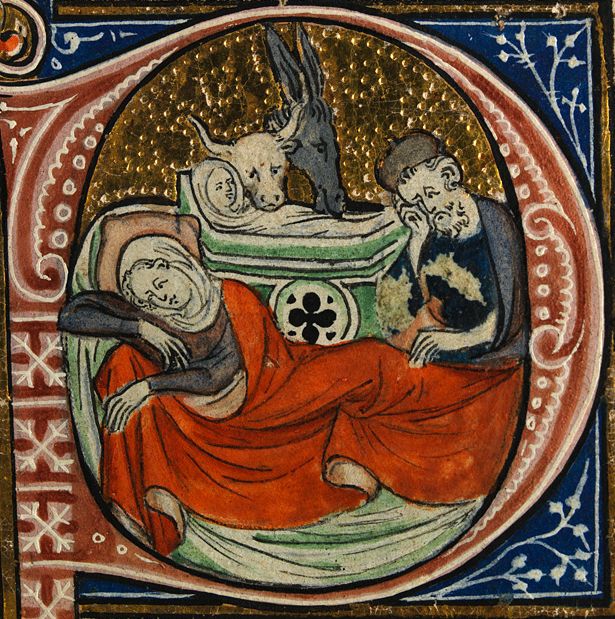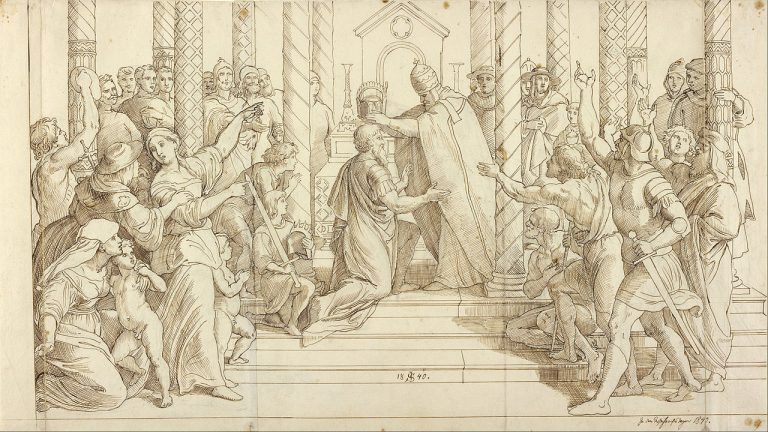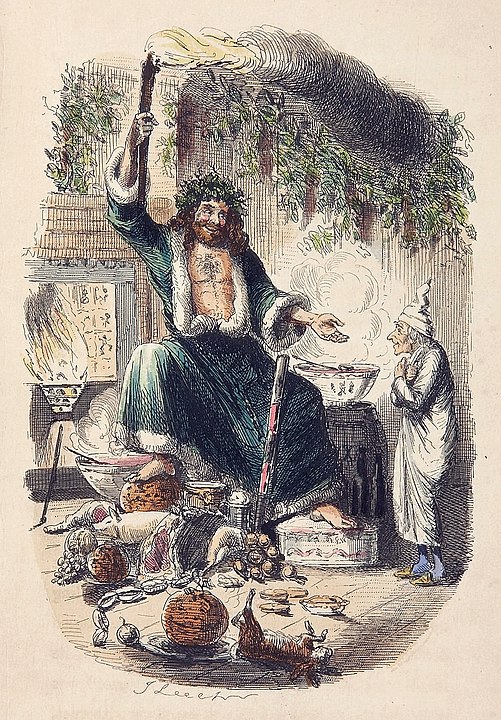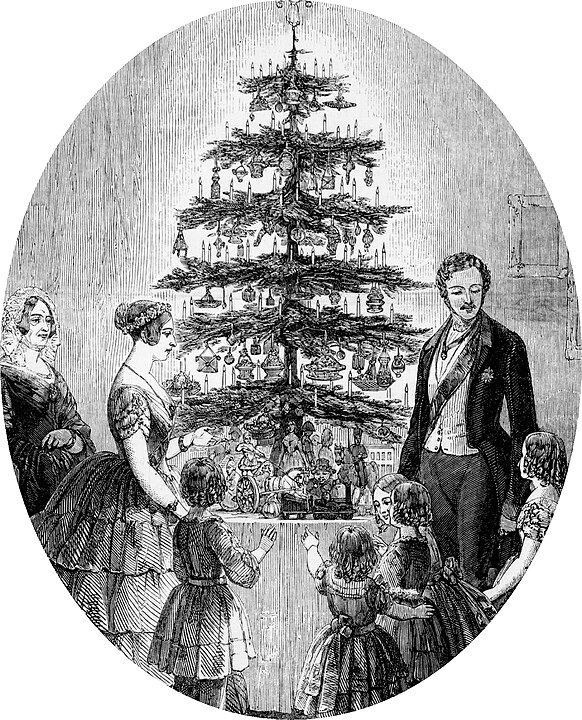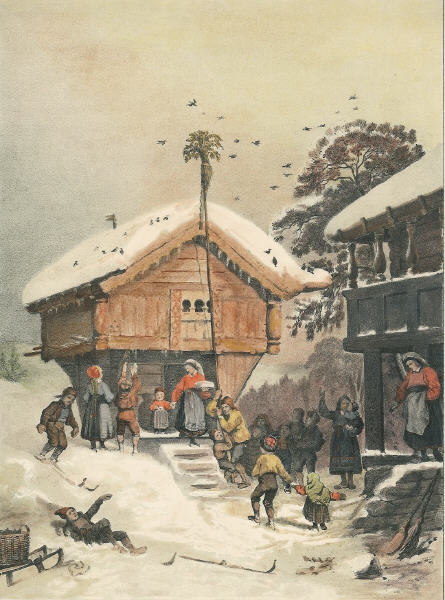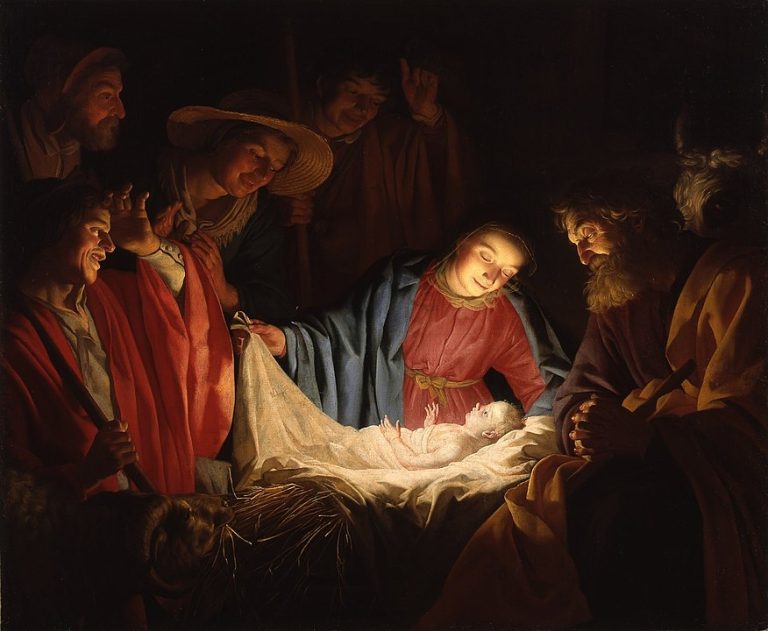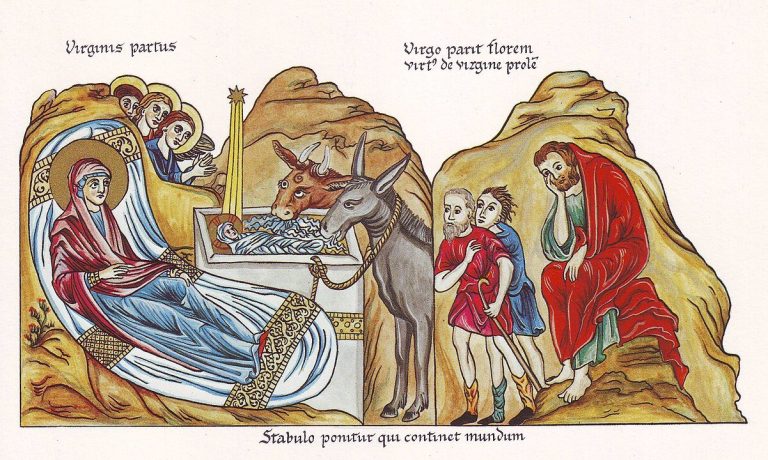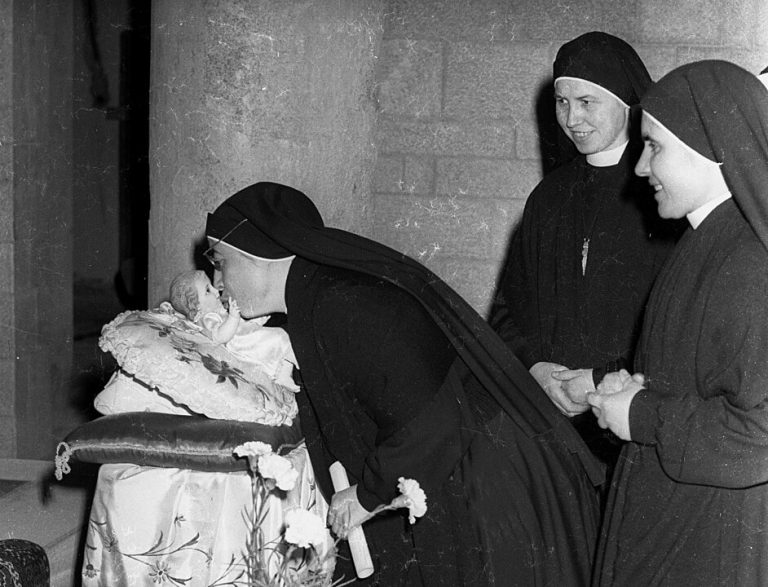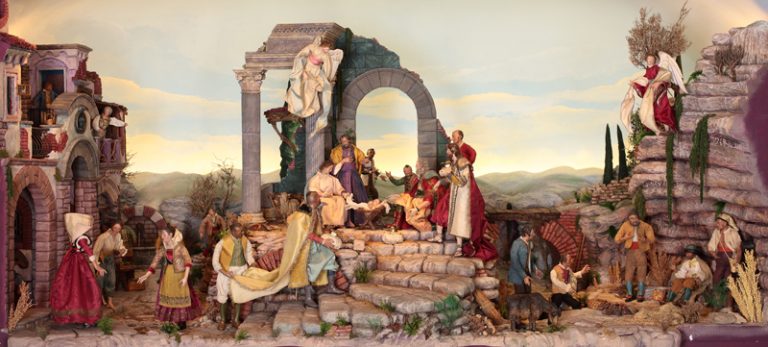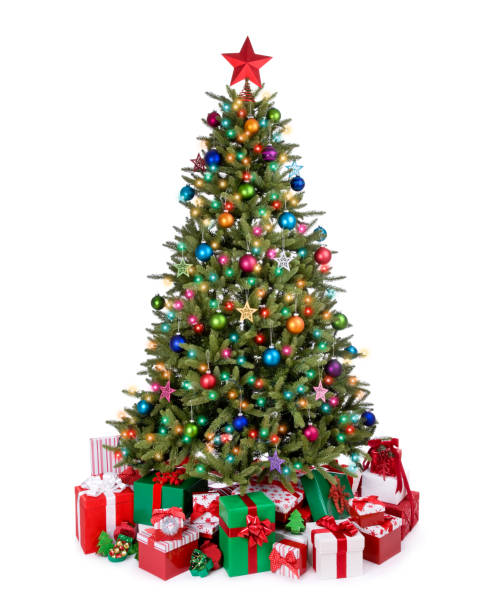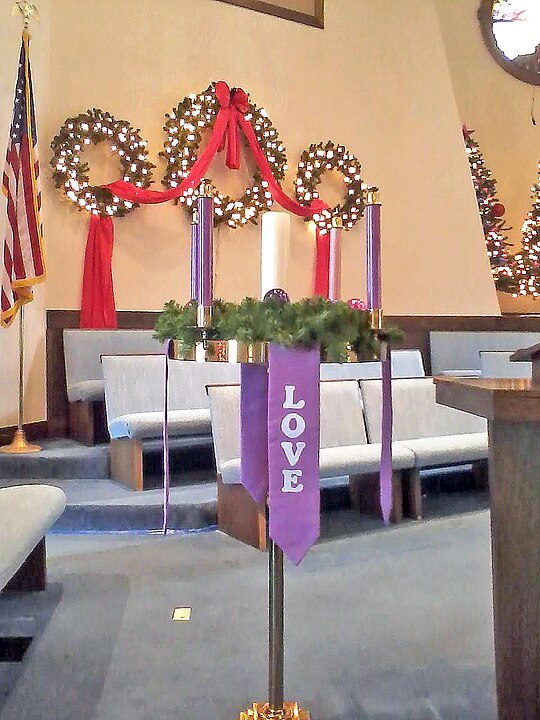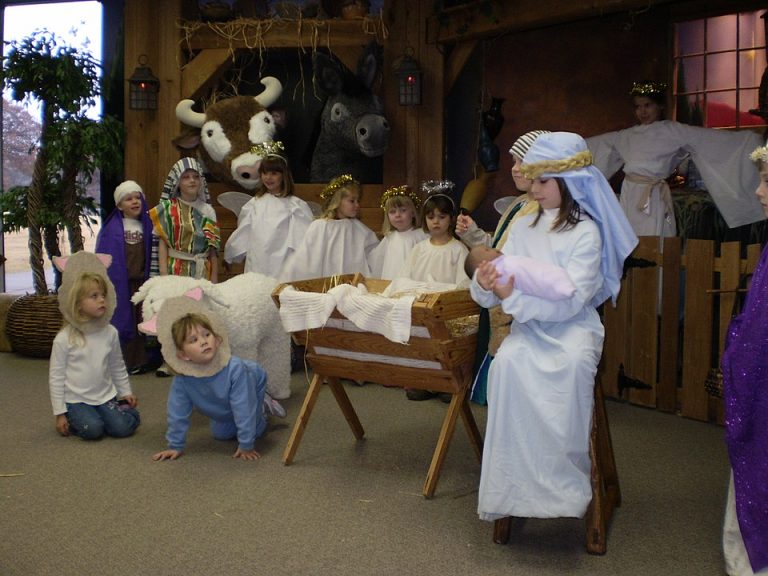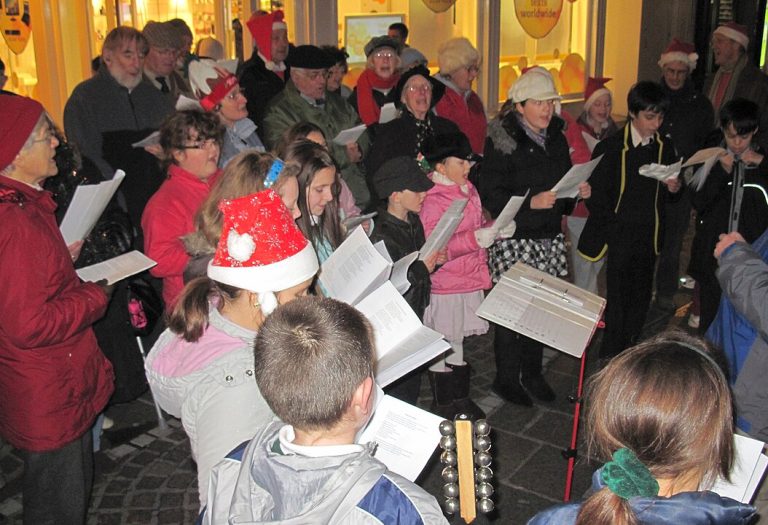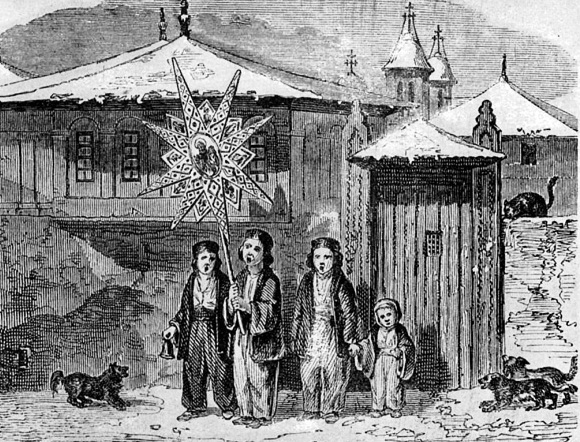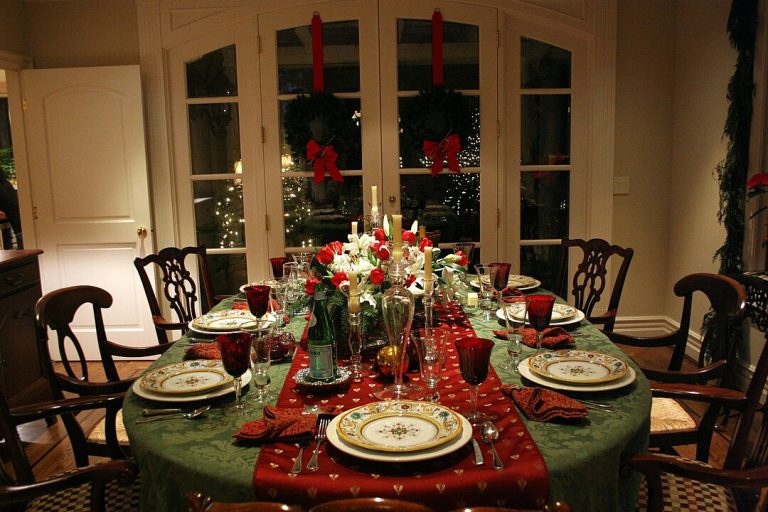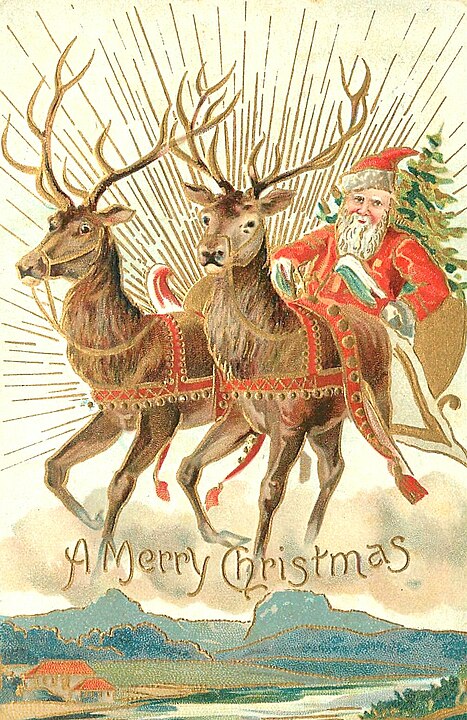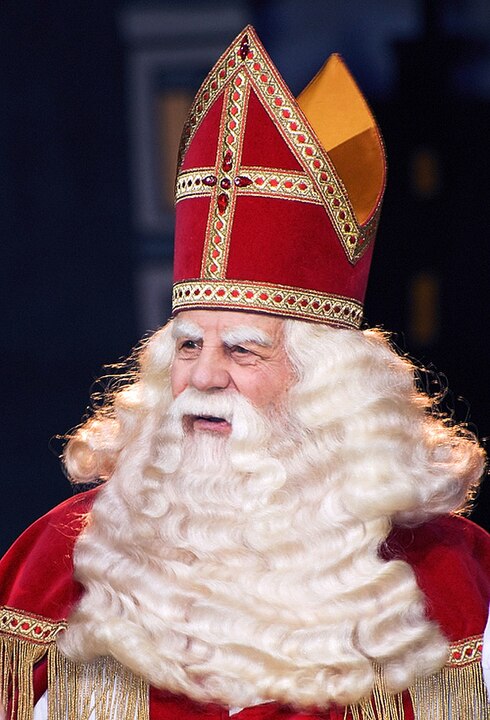
There is only one team in Birmingham worth supporting with true passion and Birmingham City is it. I have been supporting them since 1978 when Jim Smith was the manager. He is my favourite manager to date. I am a blue nose ’til I die.
You can read lots more about Blues by clicking here.
The following article is all about Blues getting relegated out of the Championship on May the 4th, 2024.
Blues Last Game Of The 2023/24 Season
On the 4th of May, 2024, Blues (sitting in the bottom three at the 22th spot) played Norwich City at St. Andrews @ Knighthead Park with one task at hand, win and hope the teams around us didn’t to survive the drop. Even if some of them drew we still had a very slim hope of surviving but, alas, it wasn’t to be. The lads did their part for Interim Manager Gary Rowett and the fans by getting the all-important win we so badly needed but unfortunately, the teams around us won as well. I said before the game that whatever happened after the full-time whistle all we Blues fans asked was for the lads to give it 100% and they did. Their teamwork was excellent and we deserved to win but sadly it wasn’t enough to stay safe.
After 13 years in the Championship, we get relegated to League 1 and third-tier football. The last time we were there was in 1995.
This was a sad day for Birmingham City and its fans but I think us going down isn’t as bad as it seems. It’s time to get rid of the dead wood, rebuild and return to the second tier a lot stronger than what we were in when we left it.
I won’t talk about Salary Cost Management Protocols (S.C.M.P.), a quick Google will let you know all about that, and anything else financially like wages, revenue etc. or anything else behind the scenes, I will leave all that in the capable hands of Wagner and co.
All I know is as dark as it is in Blues fan’s hearts right now the future outside of it for B.C.F.C. is bright. We now have owners who are 100% committed to us. How can anyone not be excited about that?
Who’s To Blame?
It is easy to blame anyone and everyone but the truth is that the rot started to set in this club when David Sullivan sold the club to Carson Yeung and Grandtop International Holdings Limited in July 2007.
Sullivan wasn’t everyone’s cup of tea and certain “fans” wanted him, David Gold and his brother Ralph Gold out of the picture and got what they wanted. How easily they forgot it was them that saved us from administration!
Yeung turned out to be corrupt and the rest of the Chinese owners seemed no better. They all were without a clue or care about how to run a football club. Yeung was sent to prison and Grandtop International Holdings Limited took full ownership of the club and renamed themselves Birmingham International Holdings Limited.
In April 2023 Birmingham Sports Holdings (name changed in May 2017) confirmed letters of intent had been signed to sell 24% of their shares in Birmingham City and the 21.64% owned by Oriental Rainbow, as well as the whole of St. Andrews which they 100% owned to a then-unnamed potential purchaser.
On the 8th of May, 2023, Shelby Companies Limited, a subsidiary of asset management company Knighthead Capital Management fronted by Tom Wagner, Knighthead’s co-founder and co-C.E.O confirmed that it had exchanged contracts with the majority owners of Birmingham City Football Club including Birmingham Sports Holdings Limited subject to approval from the Hong Kong Stock Exchange and customary regulatory authority approvals in the U.K.
On the 14th of July 2023, there was a club announcement and it was official, Knighthead and Shelby Companies would acquire full ownership and control of St. Andrew’s and 45.64% ownership of Birmingham City Limited. It was confirmed that Tom Wagner will be the Chairman Of The Board and Garry Cook will be the C.E.O.
So, with that little reminder of past events, in theory, you could blame Sullivan for selling the club, Yeung and co. for their part in ruining our beloved club, Wagner for the sacking of John Eustace in October 2023 or Cook for Wayne Rooney being appointed the next manager in the same month that thankfully only lasted until January 2024.
I will say this regarding Wagner and Cook and that is Wagner knows that he, and the board, have made mistakes that have contributed to our final league position and will learn from them. It is pointless for people to put all the blame on Cook for where we finished and make him the scapegoat either. That’s just silly. He will know very well the part he played in our relegation by pushing for the sacking of Eustace and the appointment of Rooney but, as I have noted above, all the club’s problems before and after that were put into motion when the Chinese took over and that is a fact.
Also, we have had 6 managers, (including caretaker managers Steve Sooner and Mark Venus and interim manager Rowett) and current manager Tony Mowbray since Wagner and Co. took over in July 2023. Do you blame one of those managers or all of them for Blues getting relegated? Then there is all the backroom staff that served under them including the current staff. Do you blame some of them or all of them? And finally, what about all the players that have played under them including the current players? Do you blame some of them or all of them? They rightfully need to be held accountable for their activity on the pitch, some more than others, that is without question. The fact of the matter is we haven’t been good enough to stay in the Championship for more than half the time we dropped down into it from the Premier League in 2011. We have relied on good luck for too long now hovering close to the bottom three since then. That luck almost ran out in that memorable match against Bolton Wanderers in 2014 and we always feared it would run out. It had to sooner or later and finally it did on May the 4th, 2024.
The point I am trying to make here is it is irrelevant who is to blame, it doesn’t change a thing, we are playing in League One next season. It is what it is. I am not saying people shouldn’t feel anger because they have a right to feel that emotion, along with rage, frustration, fear, happiness, and sadness (it is all part and parcel of being a Blues supporter) but don’t dwell on them, it doesn’t change what has happened. We have to look forward, not backwards, and we have to do this UNITED NOT DIVIDED.
Who Should Stay And Who Should Go?
Out of the current Blues first-team squad we have eight players at the end of their contract deals. They are Neil Etheridge, John Ruddy, Marc Roberts, Keshi Anderson, Gary Gardner, Ivan Sunjic, Lukas Jutkiewicz and Scott Hogan.
Still under contract are Ethan Laird, Lee Buchanan, Dion Sanderson, Emmanuel Longelo, Emanuel Aiwu, Josh Williams, Krystian Bielik, Juninho Bacuna, Koji Miyoshi, Paik Seung-Ho, Alfie Chang, Siriki Dembele, Jordan James, Alex Pritchard, George Hall, Tate Campbell and Tyler Roberts.
On loan are Cody Drameh, Emanuel Aiwu, Andre Dozzell, Jay Stansfield and Oliver Burke.
I would like to see Ruddy, Roberts, Sunjic and Jutkiewicz offered a new contract for a year at least. That is of course if they want to stay. Regarding the players still in contract they may want to put in a transfer request. The players I would keep, should they want to stay, are Laird, Buchanan, Bielik, Miyoshi, Seung-Ho and Chang.
Out of those on loan, I would dearly love to have our top scorer Stansfield stay on another loan deal or even better be purchased but I can’t see that happening.
And Finally…
I will ALWAYS love Birmingham City regardless of what division we are in. I am a LOYAL Blue Nose and have been since 1978 and I will be until the day I die.
It clearly says in the words of our club anthem “there’ll be joys and sorrows too” (and oh boy, have we witnessed many sorrows) but “tired and weary” we will “still journey on” and get to “the end of the road” together because that is what makes our fan base so brilliant. Ignore the minority of constant moaners who spoil it for everyone else.
Despite going down we can look forward to going back up again with hope and optimism in our hearts instead of fear in them if we were still under Chinese ownership. Under them, we would always be worried that we would slip down the leagues even further.
You only have to watch the second Blues Open House to truly realise that the future looks very bright for Birmingham City indeed.
Relegation just means it is a slight setback in Wagner’s plan to get us back to playing first-tier football once again but he has said he is going nowhere and is in this for the long run and I do believe he will make this happen in the next 6 years at least. Not one supporter should say a bad word about this man. He has achieved more in one year for Blues than the 16 years the Chinese were “in charge”.
My heart tells me we will go straight back up at the end of next season but my head says it will take two seasons to achieve promotion. All that is down to if Mowbray returns after illness, who is brought in to strengthen the squad regardless of who will be in charge and how well we play on the pitch. I would so much love to be proven wrong.
In the meantime, there will always be those who mock us and hate us and want us to fail miserably but to those, I echo what our chairman said at the last Open House, and that is F.E.A.
Blog Posts
Birmingham City: A New Era Begins.
Birmingham City: A Tribute To Trevor Francis.
Birmingham City: Blues History.
Birmingham City: First Team Squad For The 2023/24 Season.
Birmingham City: Fixtures, Results And Goal Scorers For The 2023/24 Season.
Birmingham City: Gary Rowett, Paul Robinson And Dave Carolan Return To Steady The Ship For Blues.
Birmingham City: Keep Right On To The End Of The Road.
Birmingham City: Kits For The 2023/24 Season.
Birmingham City: My First Home Game Of The 2023/24 Season.
Birmingham City: Staff For The 2023/24 Season.
Notes And Links
The Birmingham City Club logo shown at the top of this page and photos of our players is the copyright of Birmingham City F.C. and has come from Blues social media pages and website, as has the subsequent information. The new summer signings for the 2023/24 season image came from The BCFC Project via Facebook. Anything else is from Wikipedia.
Wikipedia content is subject to change.
Birmingham City F.C. – Official website.
Birmingham City on Facebook – This is their official Facebook page.
Birmingham City on Twitter – This is their official Twitter page.
Birmingham City on YouTube – This is their official YouTube page.
Blues Store Online – Birmingham City’s official club store online.
BCFC The Project on Facebook – This is their official Facebook page.

